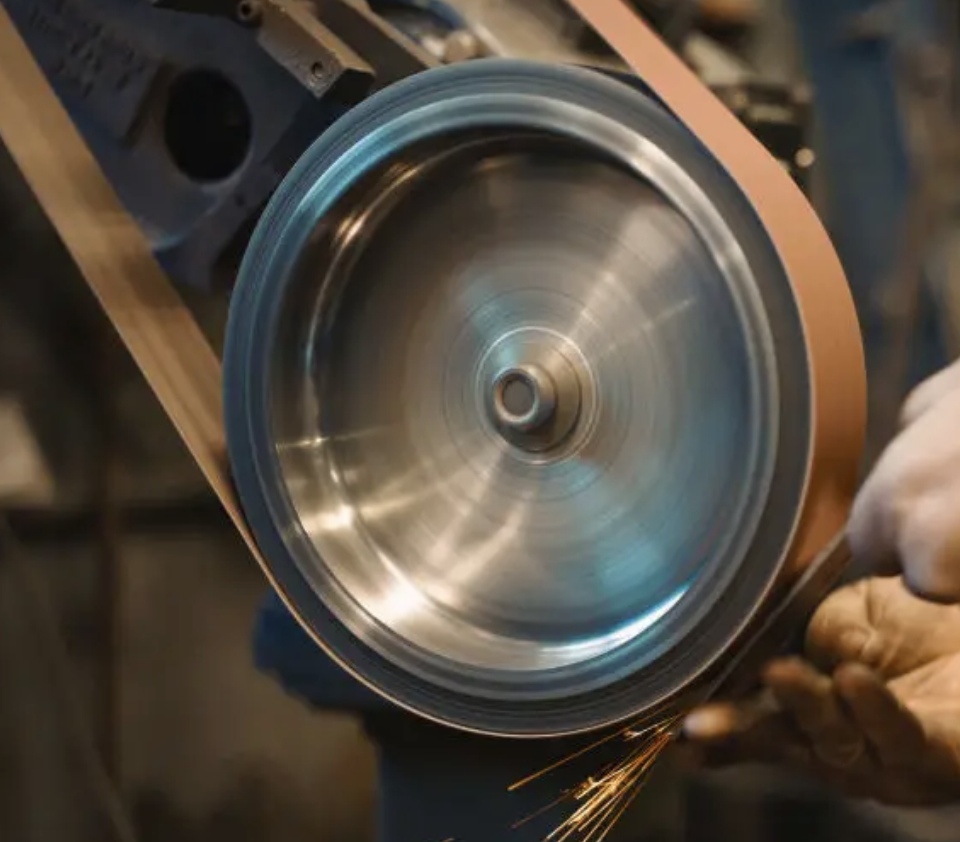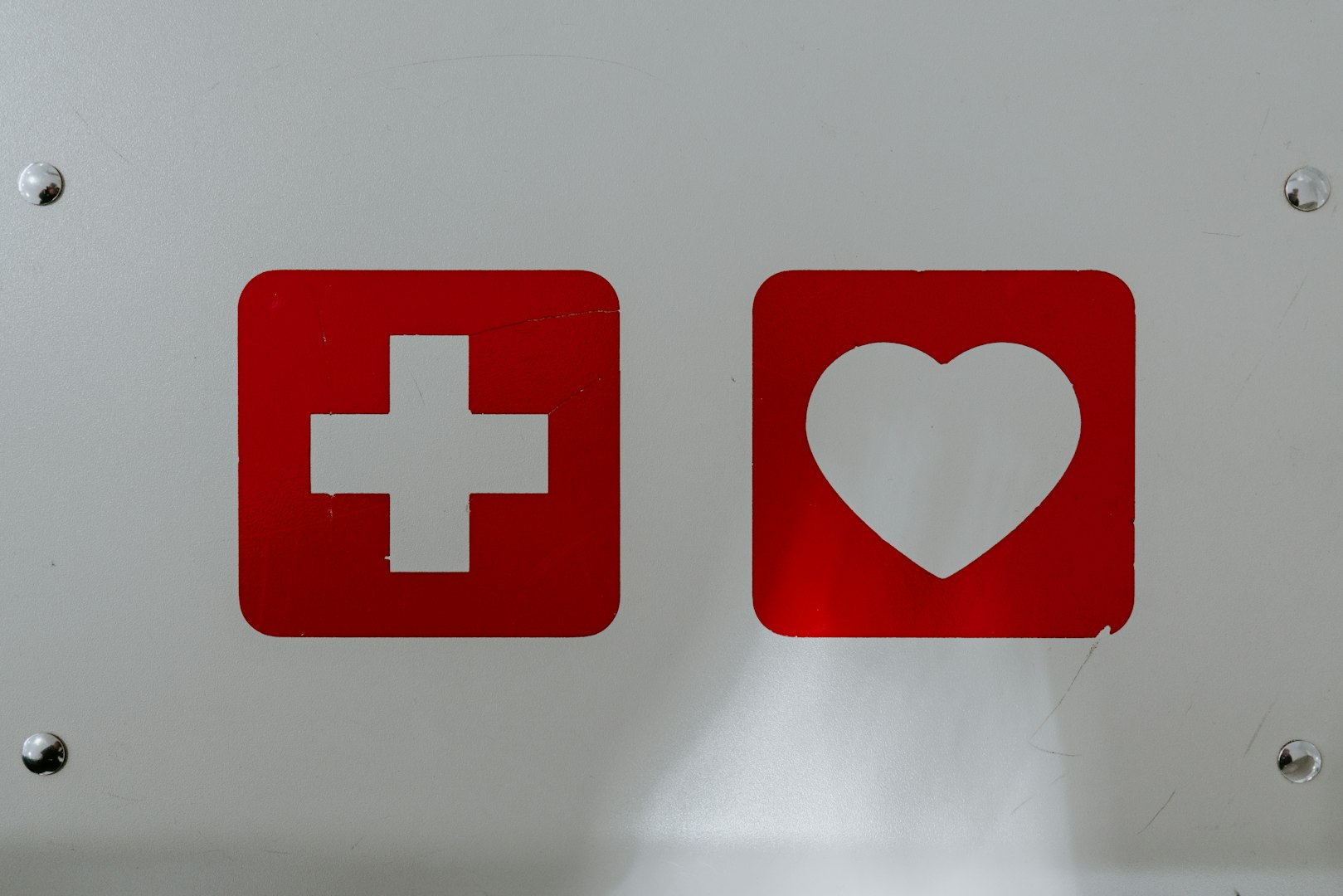
SHARPENING ACADEMY
Explore and learn more about techniques, best practices, and how to get the most out of your tools.
WHY A SHARP KNIFE?
A sharp knife is not just a luxury—it’s an essential tool in any kitchen. Here’s why:

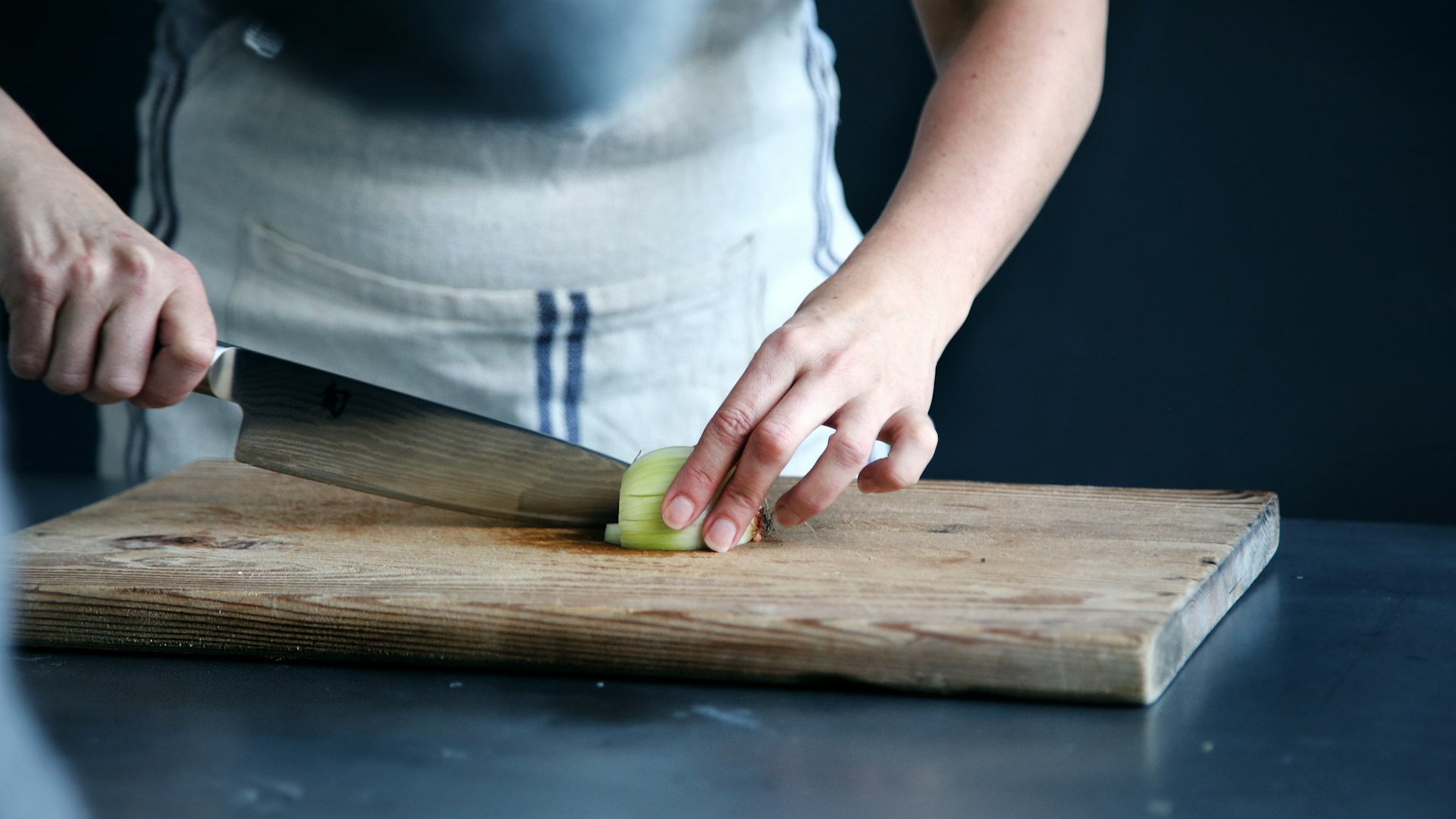
2. Precision and control
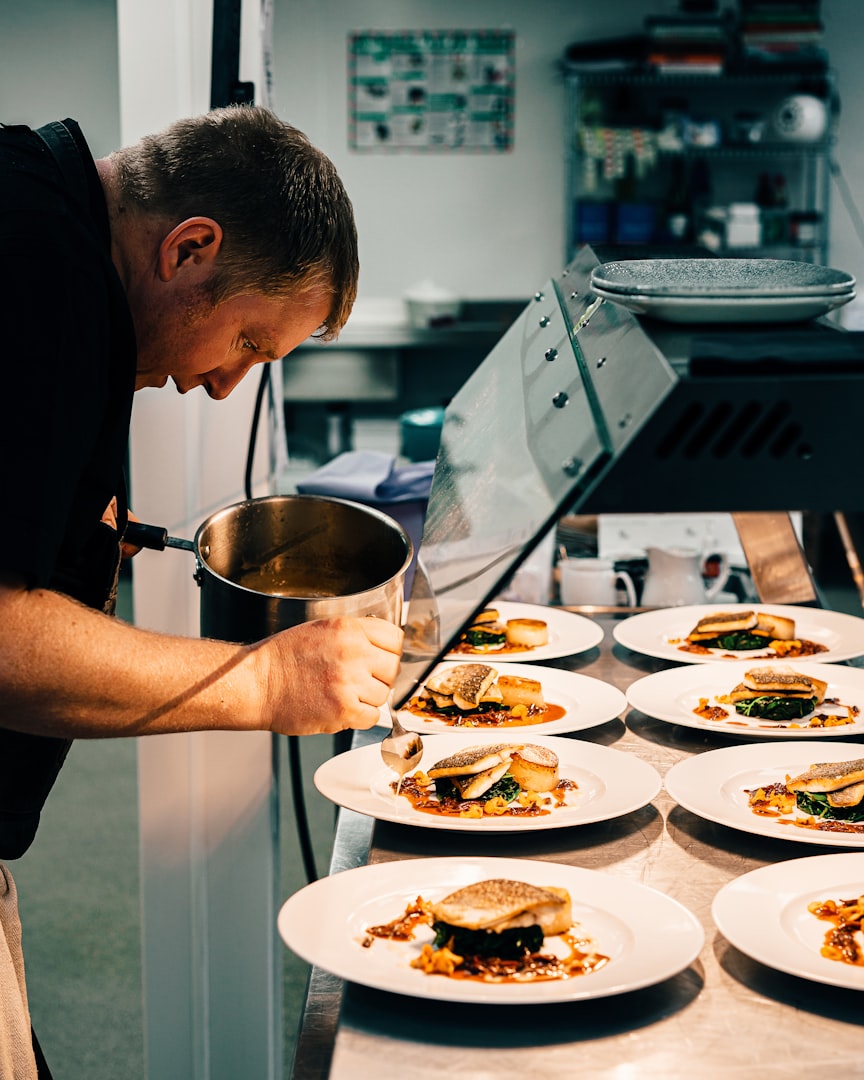
3. Kitchen efficiency
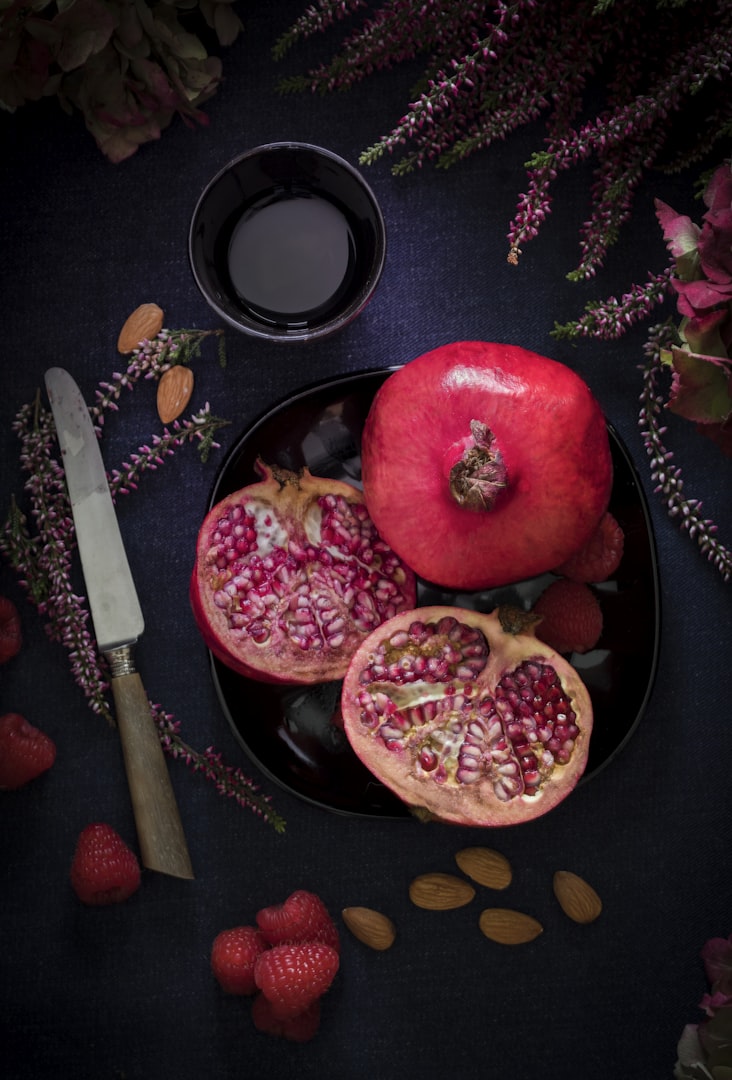
4. Freshness and flavor
HOW TO MAINTENANCE THE KNIFE?
By following a few simple steps, you can prevent potential issues and keep your knives in optimal condition.
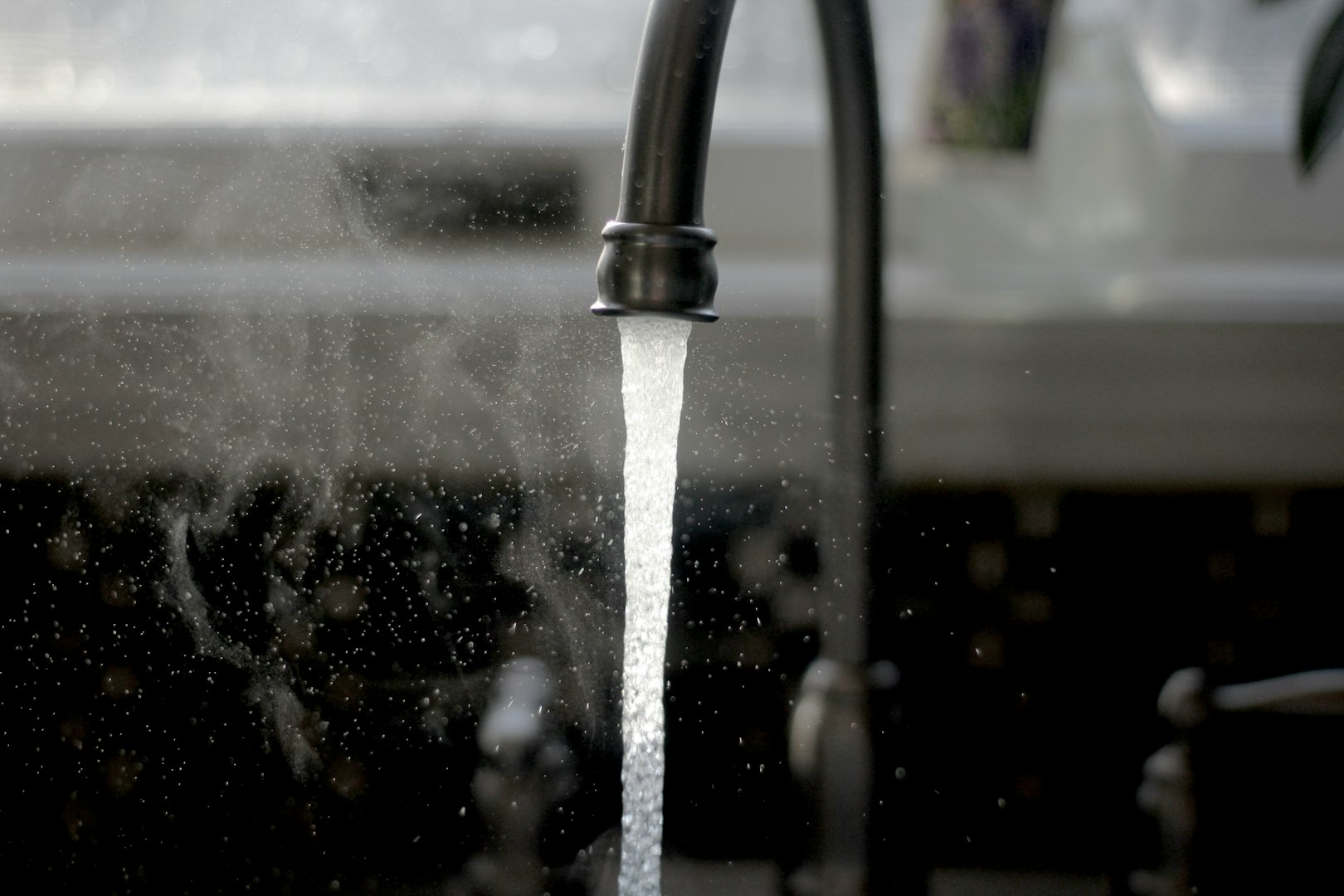
1. Regular cleaning
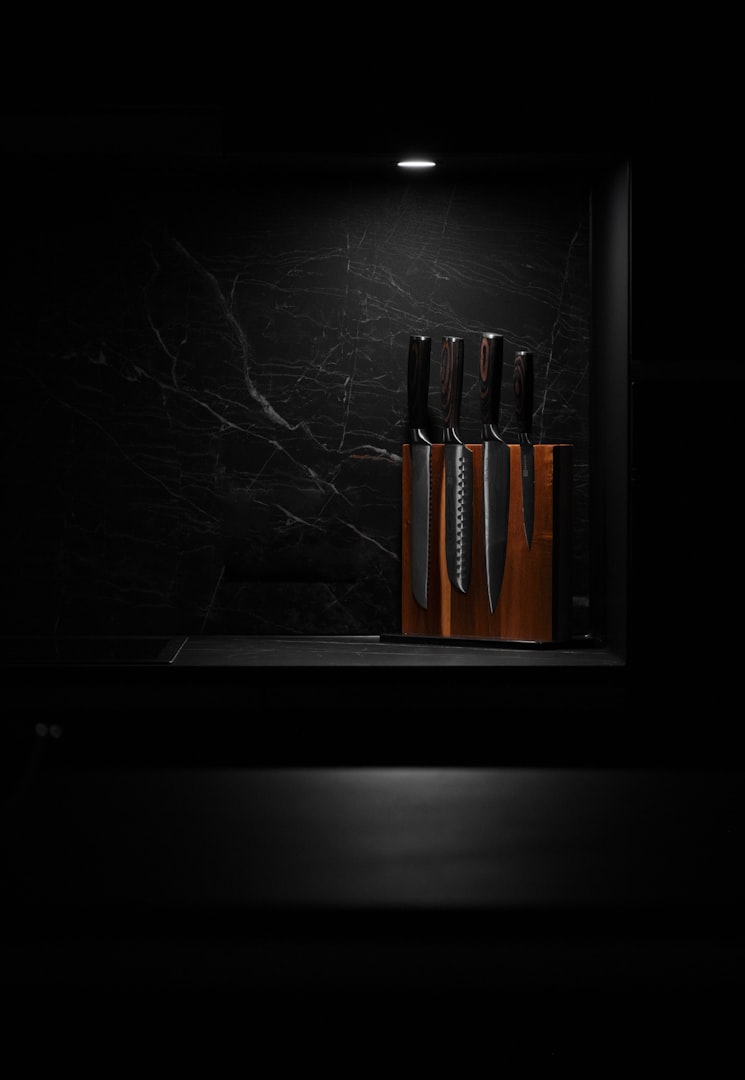
2. Proper storage
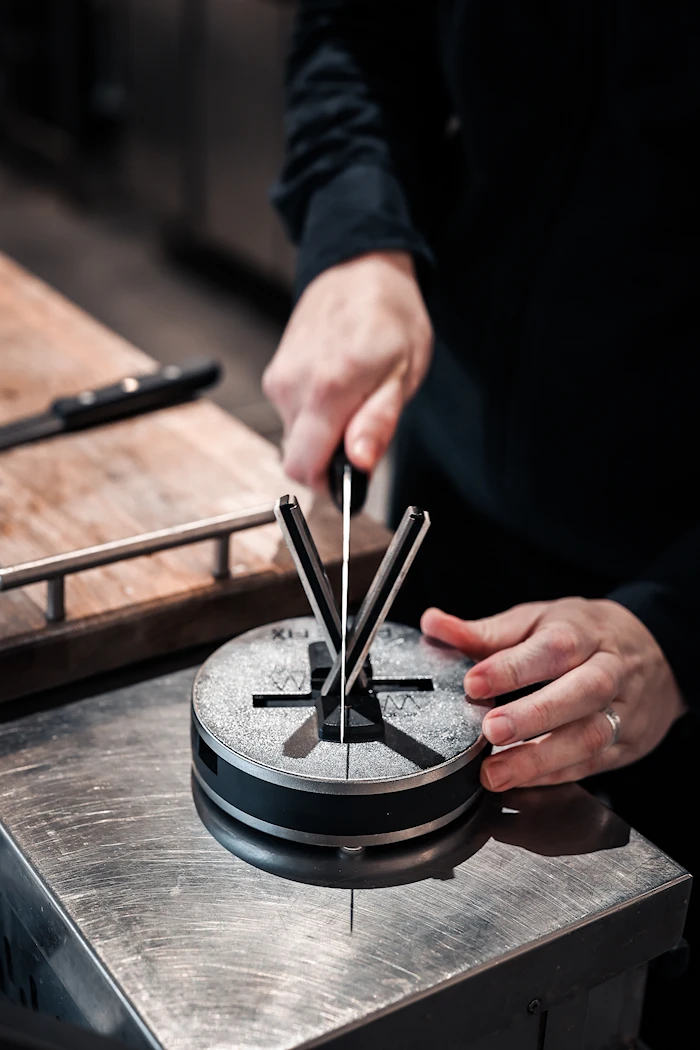
3. Sharpening
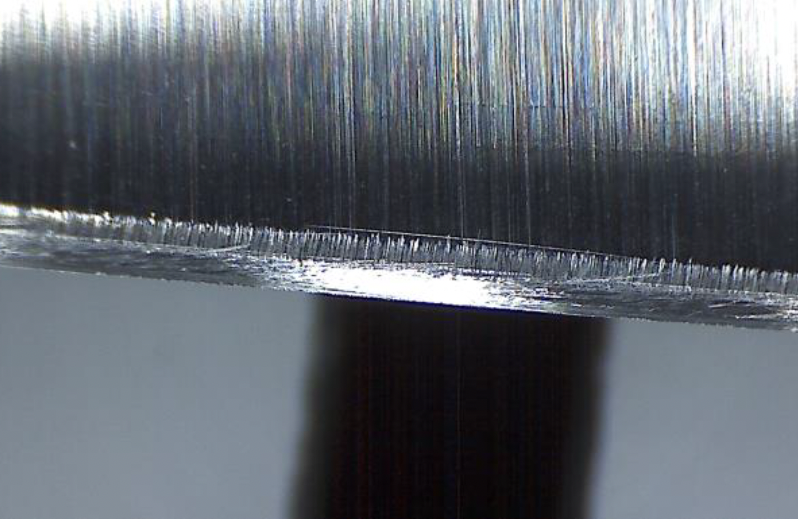
4. Honing vs. Sharpening
SHARPENING TECHNOLOGIES
Sharpen knives can be made with difference technologies, below you will find some of the different ones.

1. SHARPX technology
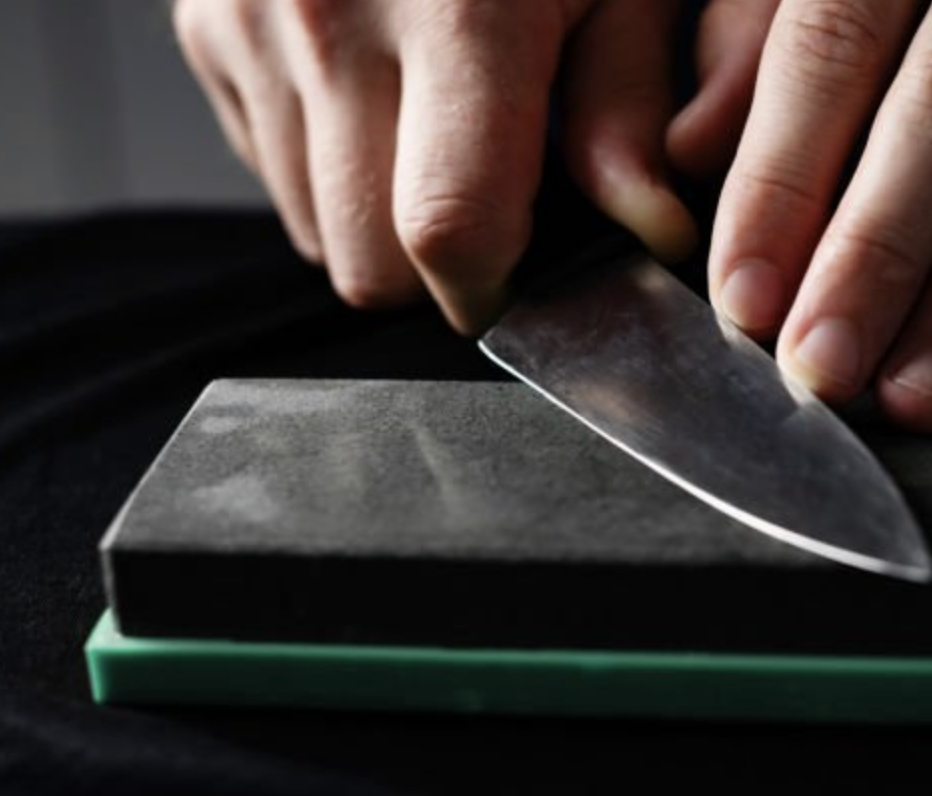
2. Grindstone / whetstones

3. Pull-through ( Knife scraper)
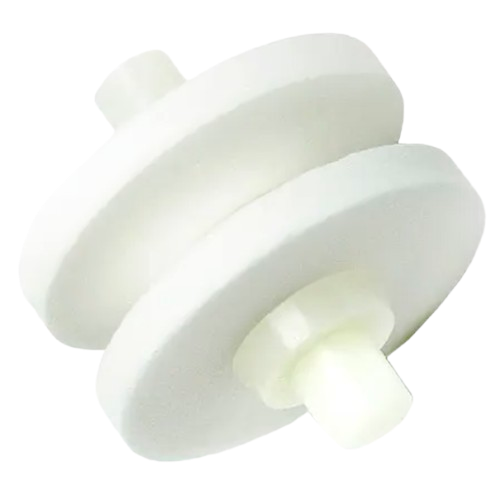
4. Water/roller sharpeners
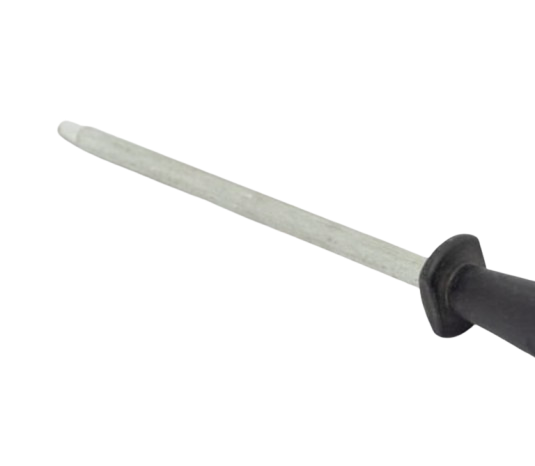
6. Honing steel
